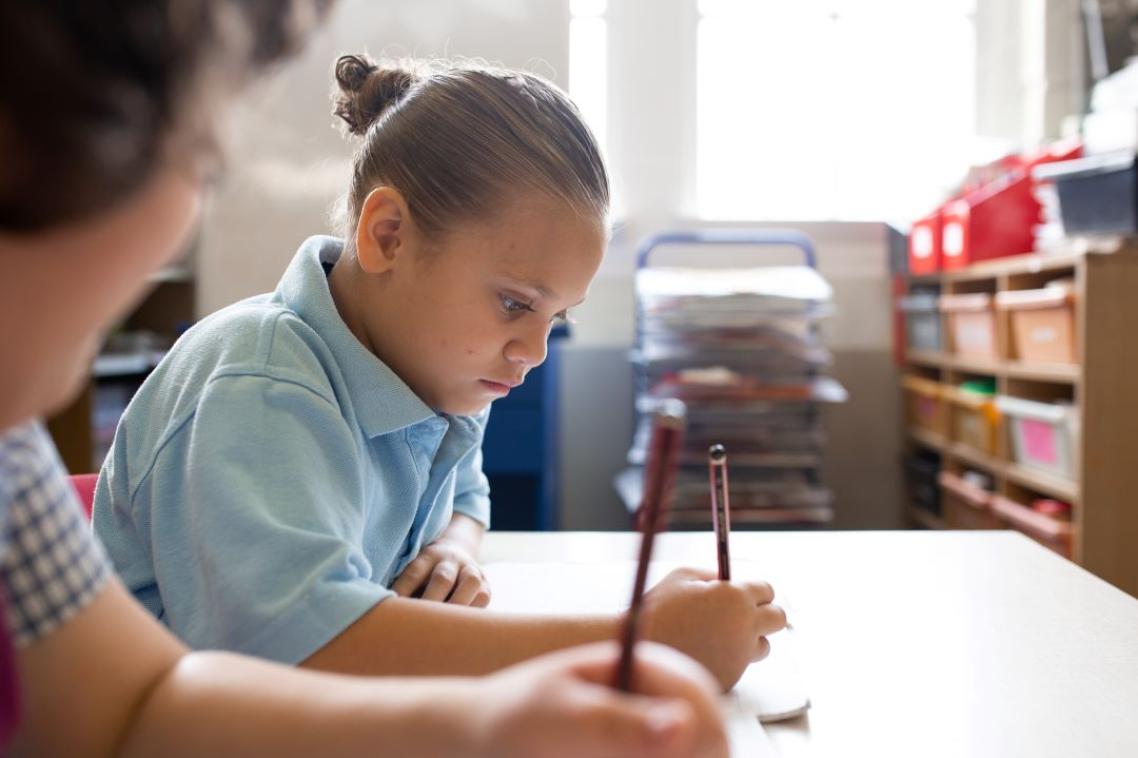First Nations school ‘attendance cliff’ exposes urgent need for reform

Researchers have identified a major gap in Indigenous education policy.
(Photo credit: Adobe Stock: Claire Bonnor/Austockphoto. )
Key points
- There is an ‘attendance cliff’ between primary and secondary school for First Nations students, especially in remote areas.
- This significant drop in school attendance by Aboriginal and Torres Strait Islander students needs urgent policy action to improve outcomes.
- This has been identified as a major gap in Australia’s Closing the Gap reform and Indigenous education policy.
A significant drop in school attendance by Aboriginal and Torres Strait Islander students in the transition to high school needs urgent policy action to improve outcomes, researchers have found.
An analysis of national data led by University of Queensland researchers has shown an ‘attendance cliff’ between primary school and high school for First Nations students, especially in remote areas.
Professor Karen Thorpe, an expert in child development, education and care from UQ’s Queensland Brain Institute (QBI), said the results identify a major gap in Indigenous education policy.
“Australia's Closing the Gap reform aims to address disparities experienced by Aboriginal and Torres Strait Islander peoples, yet the transition to secondary education is not a targeted priority,’’ Professor Thorpe said.
“Addressing this oversight is imperative in creating equitable educational opportunities that improve engagement, attendance and outcomes for Aboriginal and Torres Strait Islander students across Australia.
“We need to smooth the way for positive transition from primary to secondary school for all students, but particularly those who identify as First Nations.’’
The study examined publicly available Australian Curriculum, Assessment and Reporting Authority (ACARA) attendance data from all Australian states and territories.
Former QBI researcher and study lead, Dr Azhar Potia, now at the University of the Sunshine Coast, said average attendance rates across all students remained relatively stable throughout primary school, but dropped upon entry to secondary school for First Nations students.
“This decline is observed as a precipitous drop – or ‘attendance cliff’ – at the point of transition to secondary school,’’ Dr Potia said.
“It’s a pattern that’s consistent across all geographical locations, but more pronounced in schools in remote and very remote jurisdictions.
“The attendance cliff is a notable symbol of inequity, and the data identifies a clear gap in national policy focus that must be addressed through policy and practice, led by First Nations people.’’
Research collaborator Dr Tracy Woodroffe from Charles Darwin University said educational policies need to be student-focused and culturally inclusive, allowing Aboriginal and Torres Strait Islander students to be better supported.
“We advocate for expanding the Closing the Gap targets to include a focus on the crucial middle years of education,’’ Dr Woodroffe said.
“Recognising the critical transition into secondary school, which has not been specifically addressed by the Closing the Gap targets, presents a significant opportunity for culturally responsive policy reform.’’
The research is published in Australian Journal of Social Issues.
Collaboration and acknowledgements
This was a collaboration of authors from UQ and Charles Darwin University. Dr Azhar Potia, formerly from UQ, is now at University of the Sunshine Coast.Topics
Related articles

Why historical health data falls short in predicting future health care needs

Liquid fat treatment offers hope for rare childhood disease
Media contact
UQ Communications
communications@uq.edu.au
+61 429 056 139
